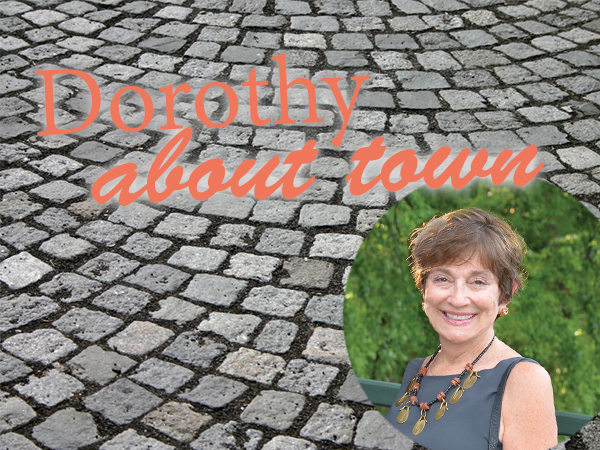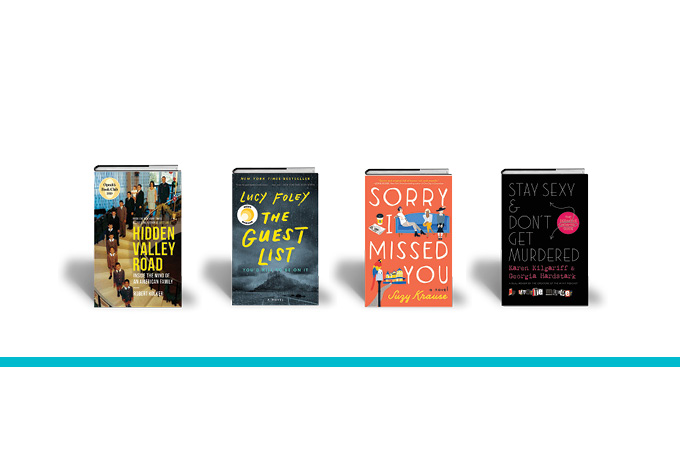One of the best things about the recent Member Morning program I attended at the Art Museum was rediscovering just how wonderful our museum is. And promising to come back for more … much more: free tours, lectures, films and gallery talks. Obviously I was not alone in this resolve, since 50 people had registered for the docent-led tour, Art of the Heart, two Saturdays ago. These tours are offered several times a month and organized around different themes; in February it was—no surprise—love, romance and relationships.
I didn’t really know what to expect, but in my mind, I pictured cherubs, cupids and paintings of voluptuous women, maybe the muses of Picasso or the fertility figures of ancient civilizations. That’s not at all what it was. The docents are free to structure their talks as they see fit, based on familiarity with the museum’s collections. Our fearless leader, Susan, challenged our notion of the Valentine’s theme with a seemingly disparate array of things, like Greek embroidery, a Ming Dynasty vase and a portrait of Charles I of England, who had been forced into an unwanted marriage with Louis XIV’s sister, Henrietta.
That was the beauty of it: looking at a familiar topic in unfamiliar ways—and learning the most fascinating minutiae along the way. The Greek embroidery, for example, was created by women as they waited for their men to return from sea. You certainly could call that a labor of love: the handiwork distracted them from their loneliness and resulted in beautiful utilitarian objects like towels, bedclothes and table linens. And when you realize these well-used items date to the 17th century, the 120 pieces became even more amazing (not to mention a fascinating record of trade routes and cross-cultural influences).
The Asian vessel was a large, bifurcated wine pitcher that always had the same amount of liquid in both sides, no matter which was poured. Inner passages connected the two sides, meant to symbolize equality in marriage, a somewhat ironic notion in 15th-century China when concubines were widespread, Susan pointed out. The full-body portrait of Charles I, created in 1633, turned out to represent ‘traditional love’ since, after an initial period of hostility, the royal couple eventually referred to each other as ‘mon cher coeur’ (my dear heart) in their letters. Not so romantic was The Bath, a painting by Max Beckmann of himself about to be crushed by his first wife, Mina. Or the Artemisia Gentileschi copper painting of Danae being secretly impregnated by Zeus in a shower of celestial coins.
My tour surely was not an immersion in the art of love in any traditional sense, but then, that’s what made it so remarkable. That, and hearing that St. Louis has the largest collection of Beckmann works in the world. Most of all, I realized how tempting all of those galleries we passed through, but didn’t have time for, are. That can mean only one thing: return visits.








